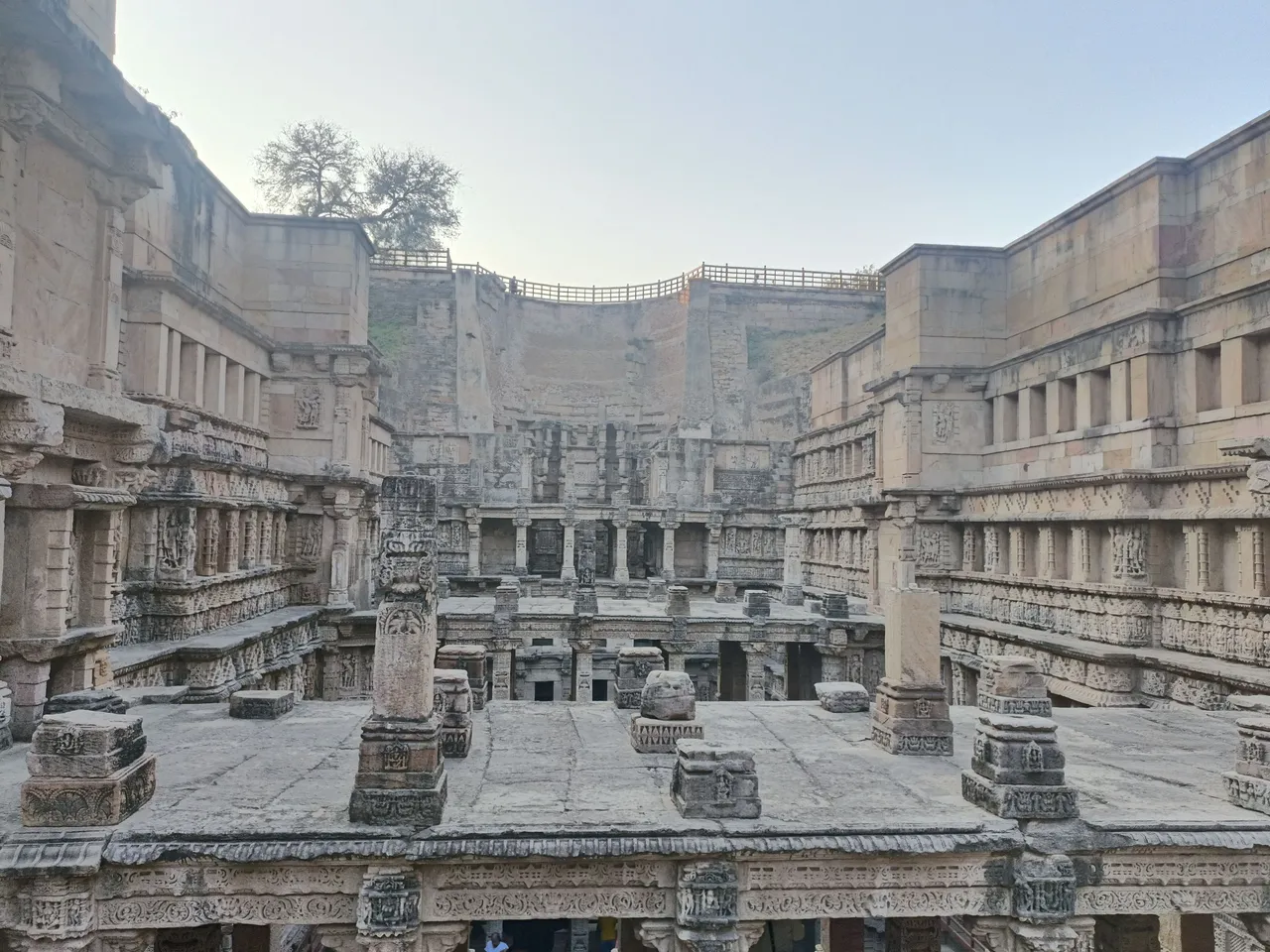
Hello hive community.
I hope you are all having fun. I am also having fun. In today's post, I am sharing with you the historical place, which you will be stunned to see the carving work and artwork. India is a country where ancient styles and remnants of ancient life are still found intact. The photograph of my post today also describes a similar place here. The place seen in this photograph is Ranaki Vav, rich in history and artefacts. Vav means stepwell. In earlier times, life was completely dependent on rain. If it did not rain, there was no means of letting the water out of the ground. At that time, electricity did not even exist. If there was no rain for a year, there was a shortage of drinking water. The solution was a sow where even if there was any drought, the water problem could be fought against.
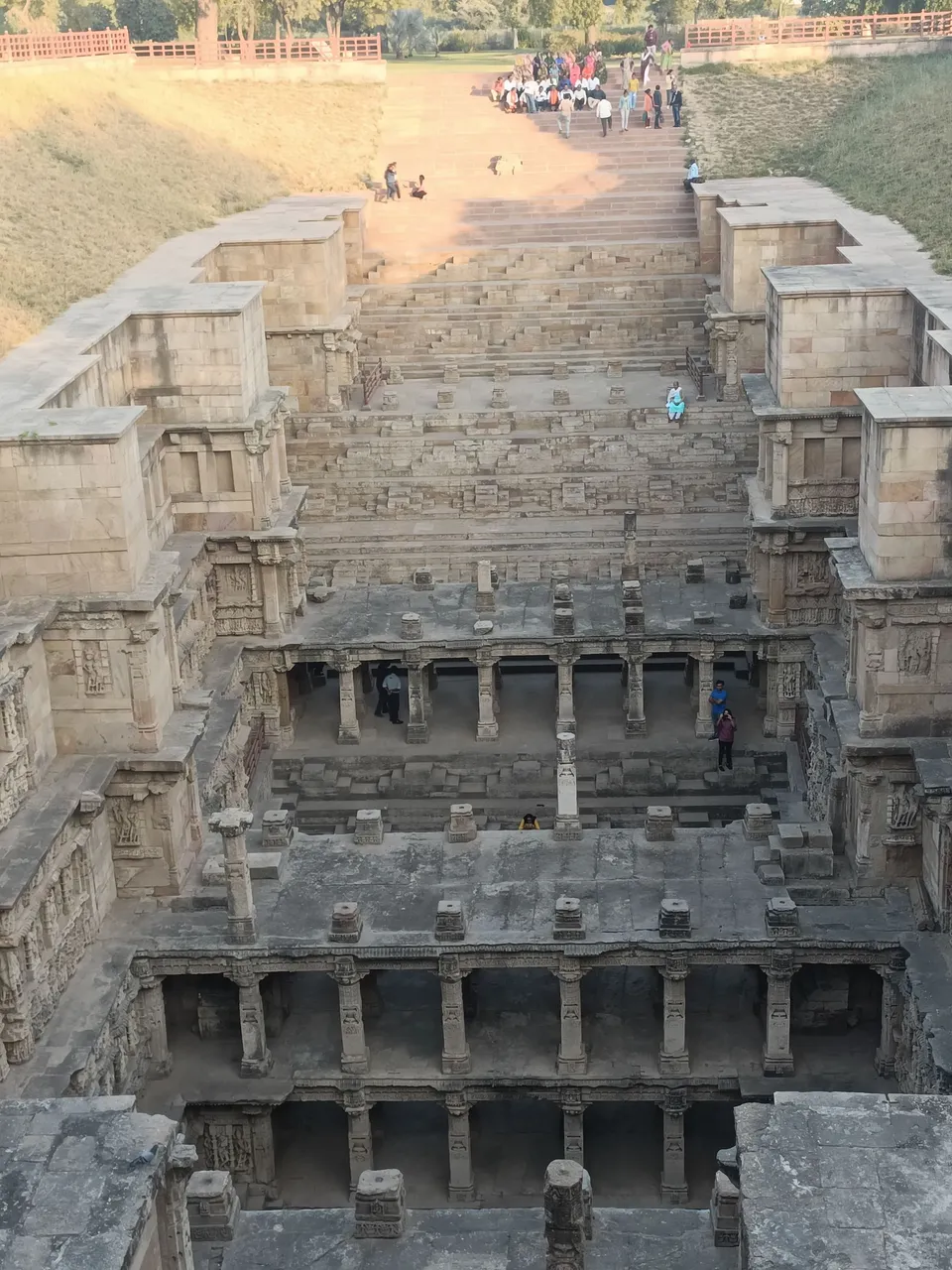

Ranaki Vav is located in Patan taluka of Gujarat state of India. A visit to Ranki Vav is also a privilege. Rankivav also presents an example of amazing construction in the Puranic period. As beautiful as Ranki Vav is, its history is equally interesting. Today I will tell you a little about the history of Rankivav. The entry ticket to Ranaki Vav is 40rs which is very nominal. If you are not an Indian then the ticket price for you is 600rs. Next to the entrance from the ticket window is a plaque describing the history of Rankiwav in 3 different languages.

Rankivava was created in the 11th century. During that time there was no cement for construction. So after engraving on the stones, the stones were molded with male female locking system so that they are locked with each other. These stones are placed on top of each other to form pillars. One of the special features of this vav is that the creator of this vav is not a man but a woman. In the 11th saree, Queen Udayamati, wife of Bhimdev Solankifirst, made it. This vav was created by Rani so it is known as Ranki vav or Rani ni vav. This vav was made by Queen Udayamati in memory of her Pathi Bhimdev after his death.
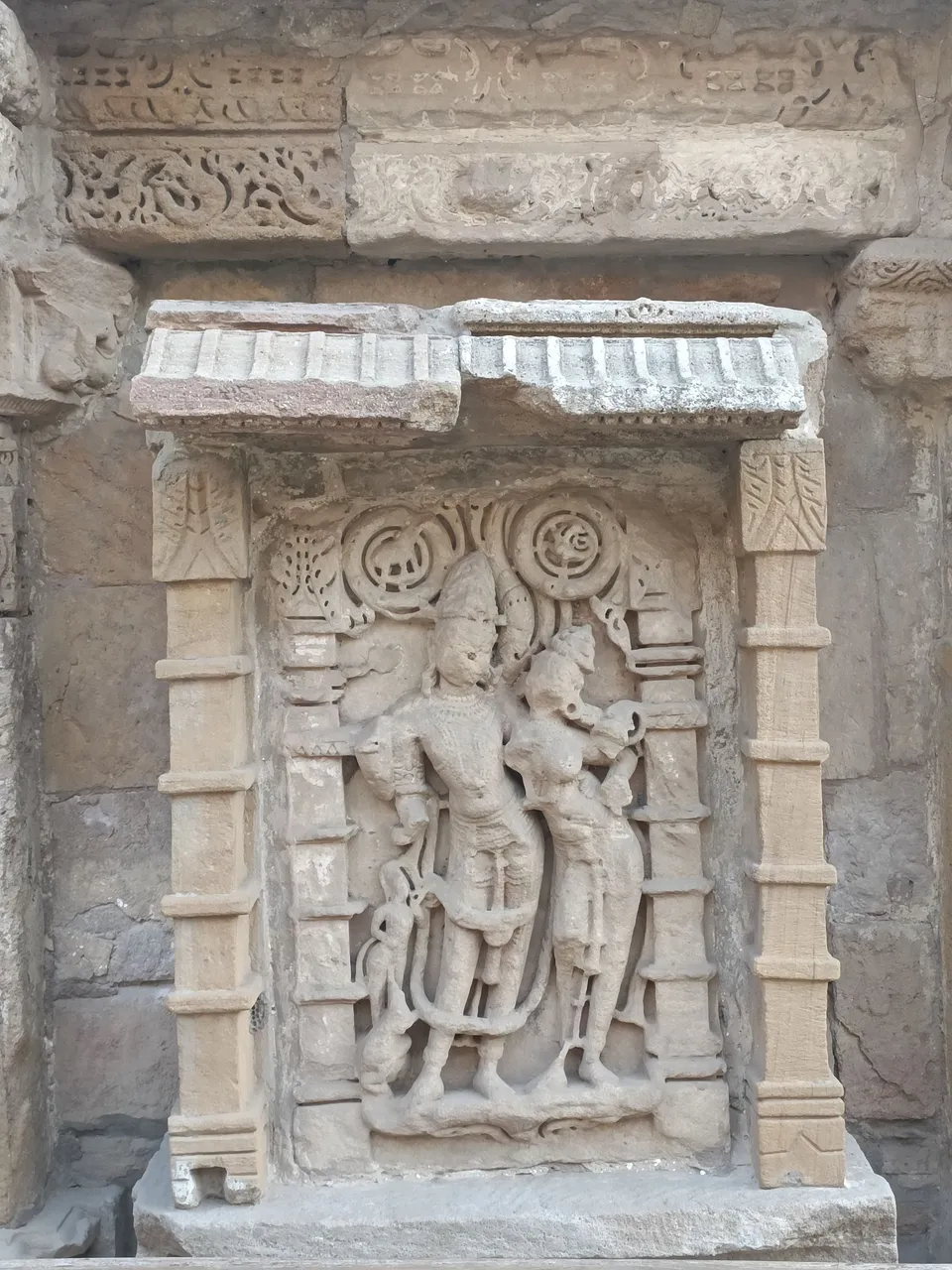
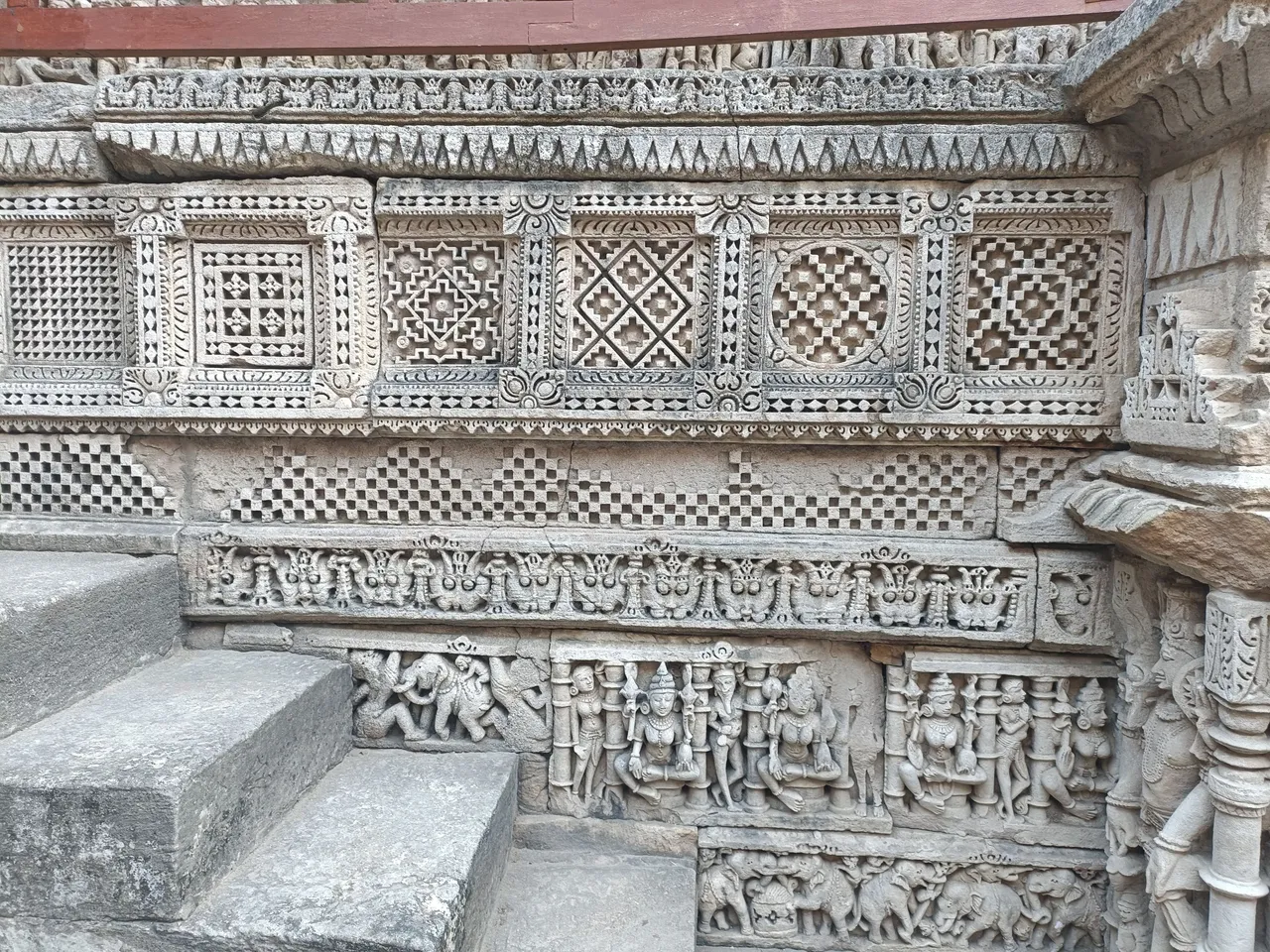
On the walls of Ranaki Vav, the statues of all the deities are carved. Dancing nymphs and Lord Vishnu have also been carved into the stones and created in Kalkriti. Along with this, there are also beautiful designs carved on the wall in square and round shapes. Which was the main attraction of this Vav.
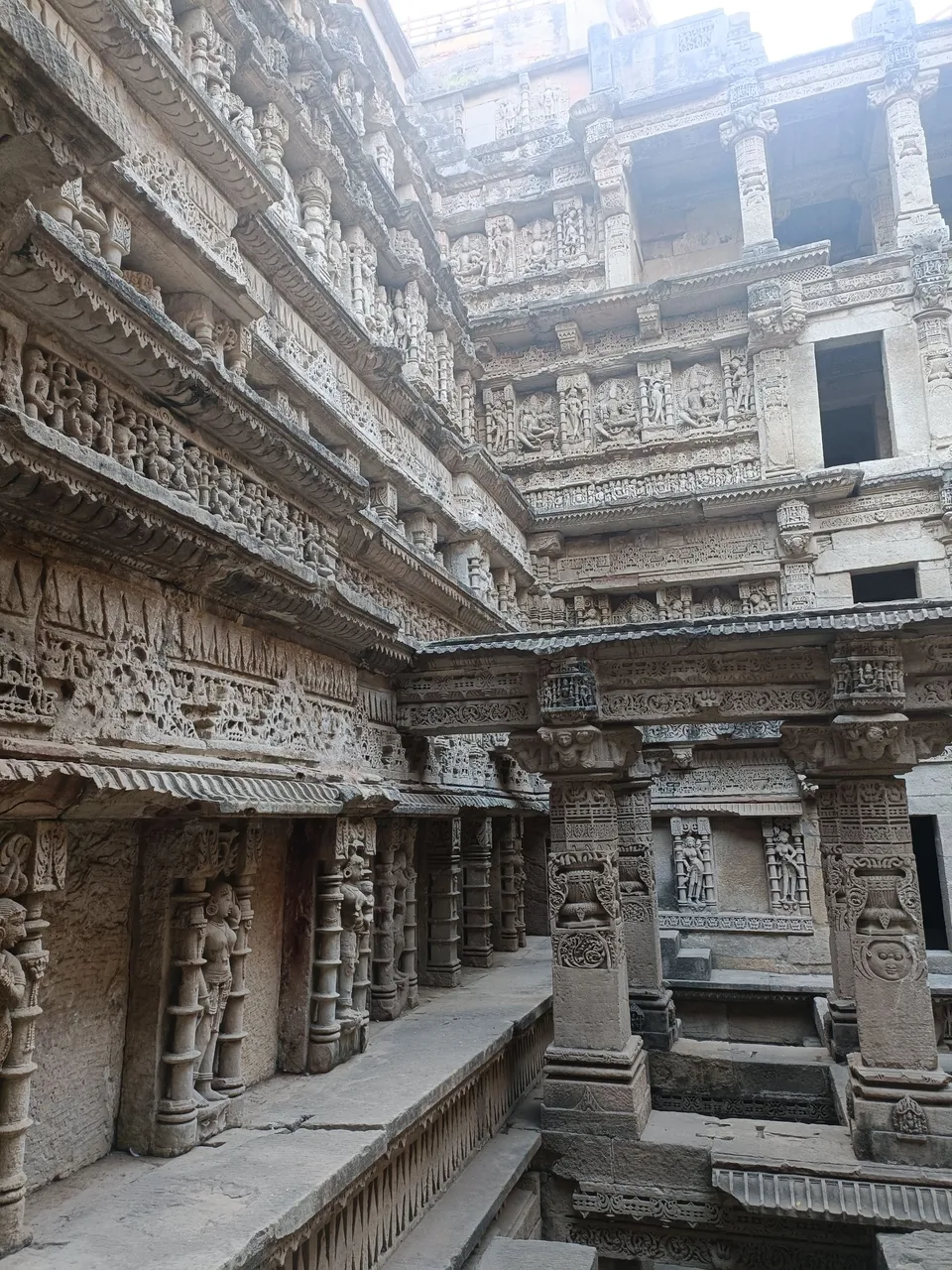
Saraswati river used to flow from the side of Rankivav. But due to the terrible fluid in the river, the Ranki Vav was damaged a lot and it was also buried in the ground. A team of archeologists from India has brought this seed back to life after a lot of hard work.
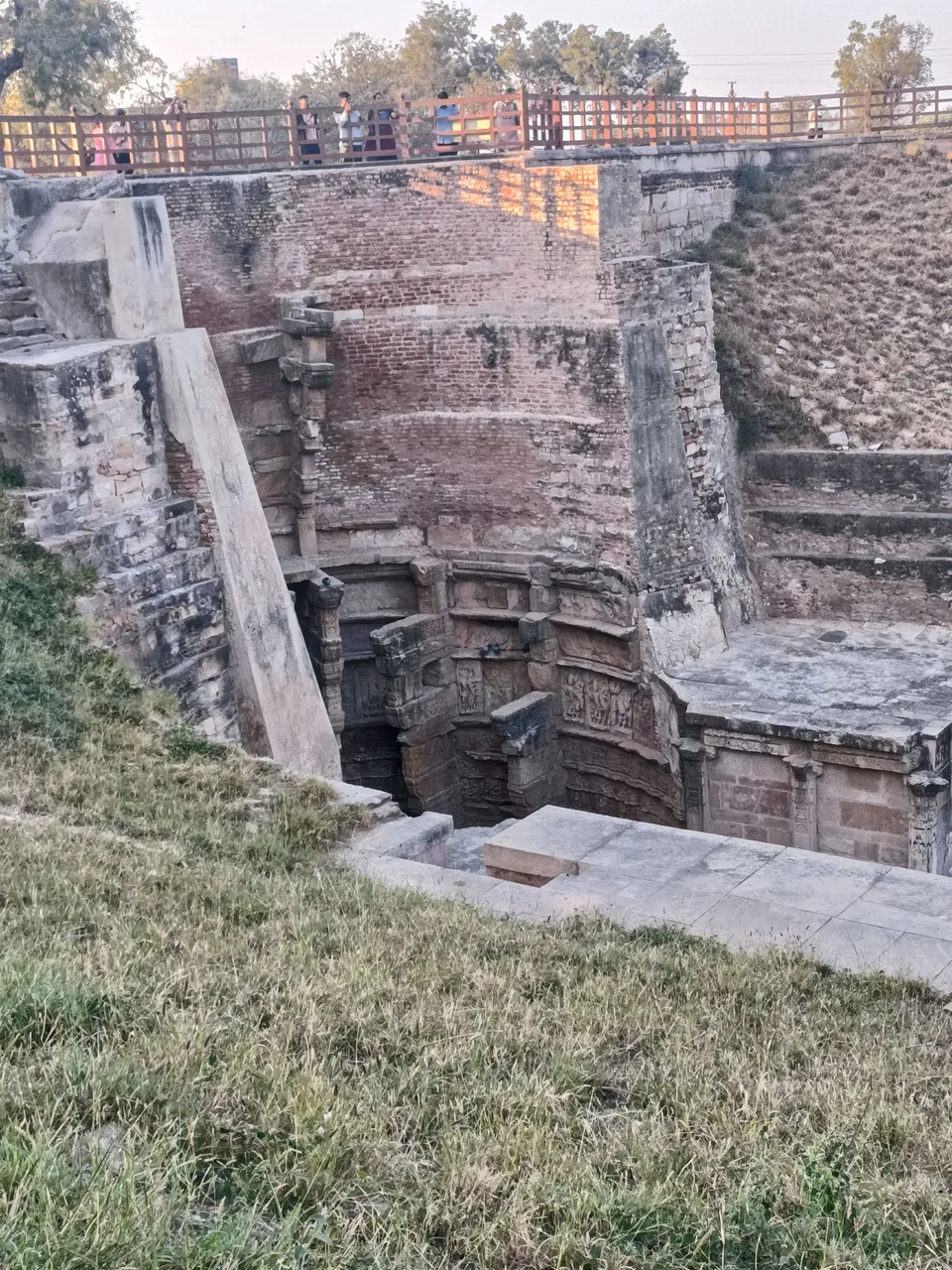
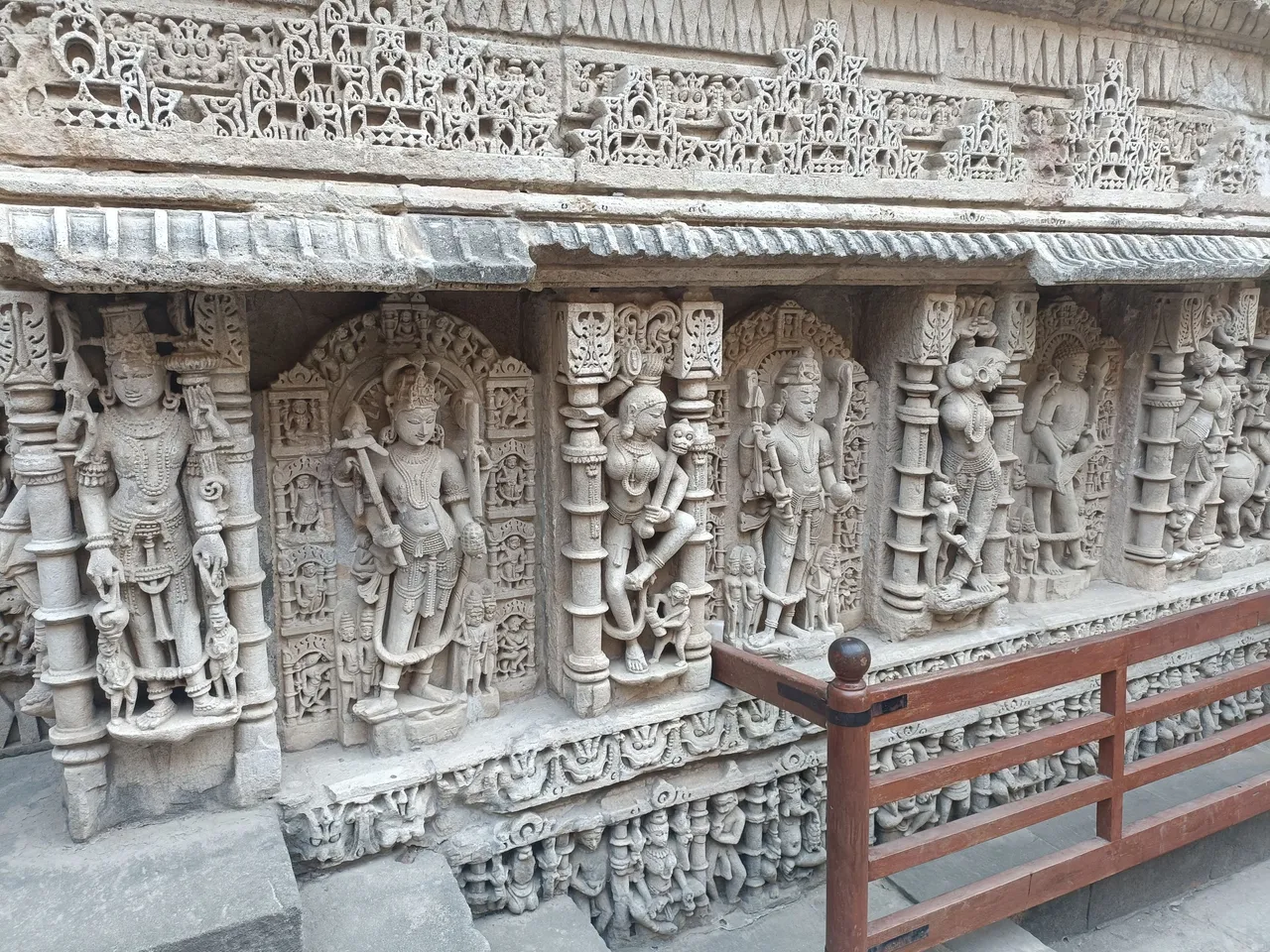
If you look at the back of the 100rs note of Indian currency, you will see a photograph of Ranki Vav in it too. Rankivav has also got the status of World Heritage Site by Unesco in 2014.
Thank you for visiting my post.